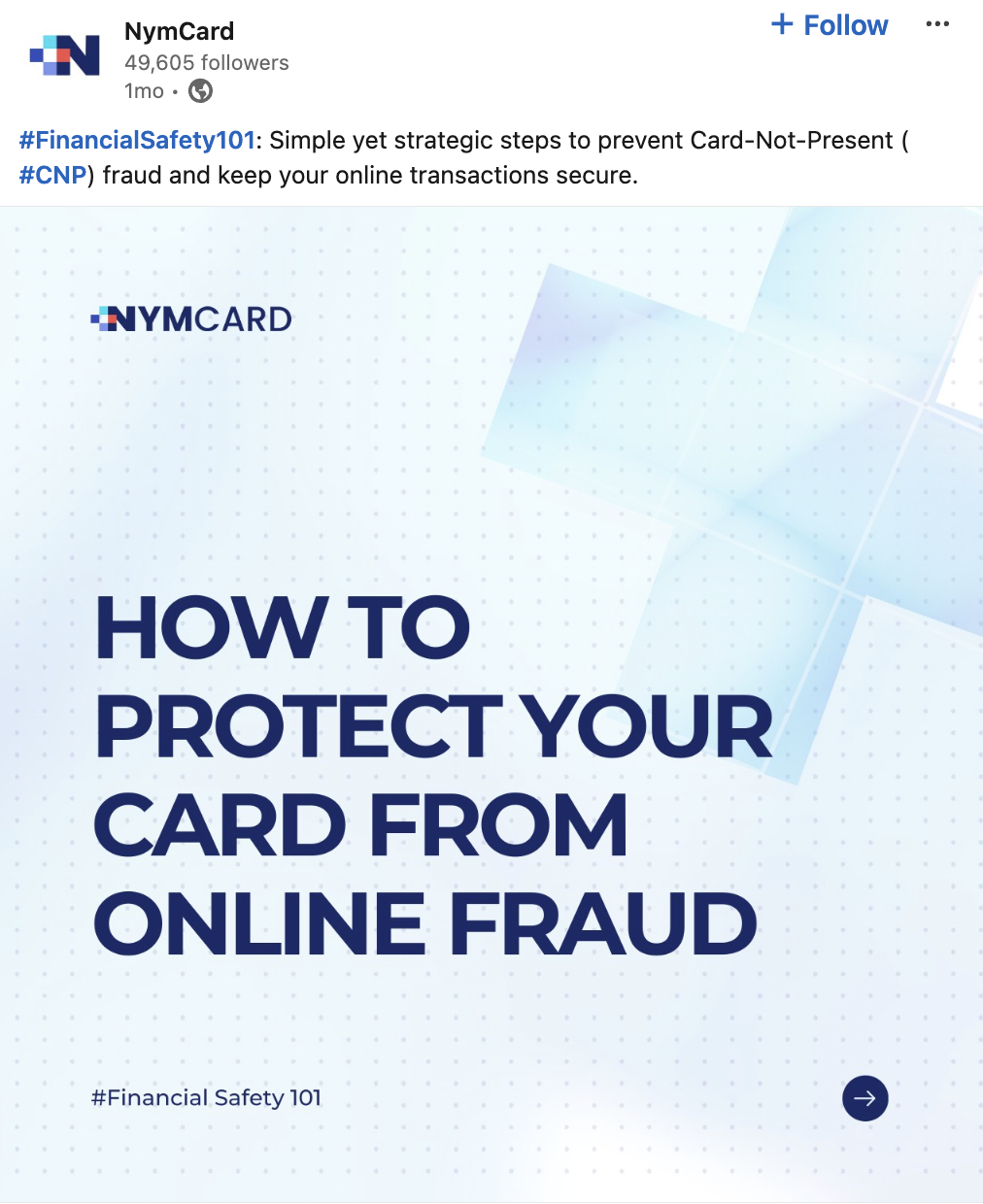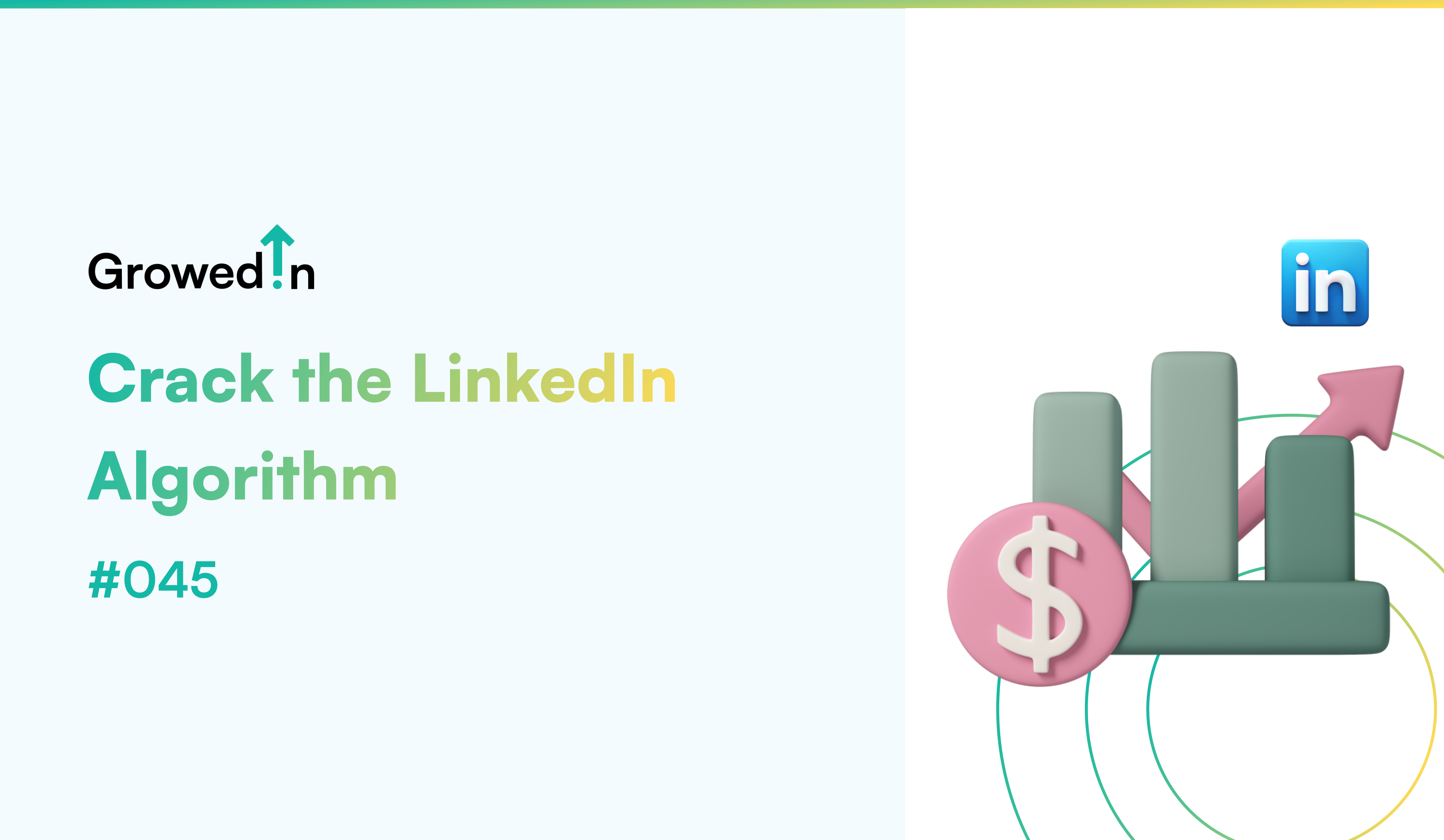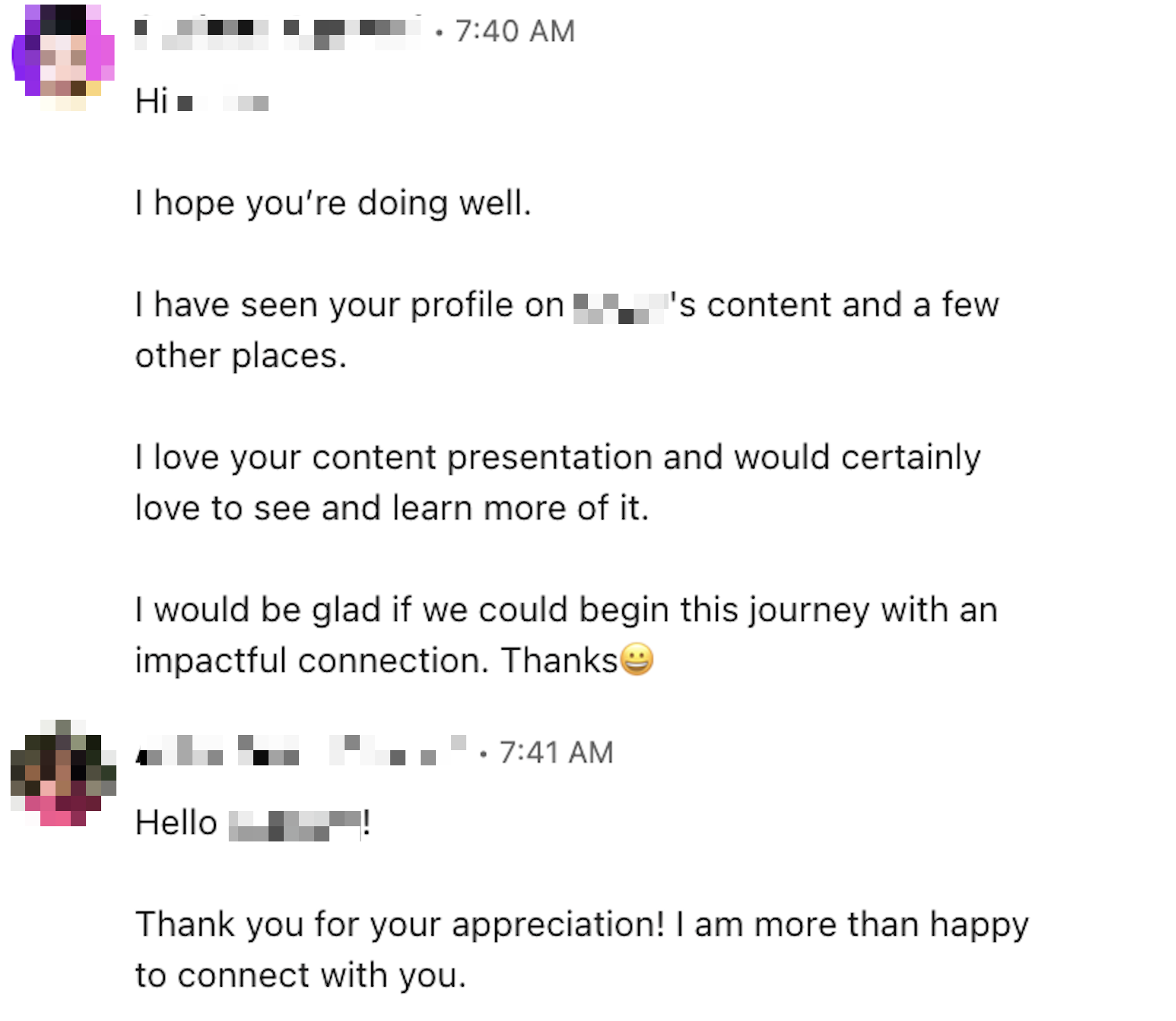#047 - Stop Sending Empty Connection Requests on LinkedIn
Building a large network on LinkedIn isn’t enough.
What truly matters is having an engaged and interactive community. Simply sending out random connection requests won’t help you achieve that. Instead, focus on forming meaningful relationships that lead to genuine conversations and interactions.
Here’s a simple guide to help you connect with authenticity and purpose.
Step 1: Mention How You Found Them
To start on the right foot, reference how you discovered the person’s profile. Whether it’s a shared connection or engagement with their content, this personal touch makes a big difference. For instance, you could mention:
- Mutual connections you have
- Attending the same LinkedIn event
- Regularly engaging with their posts
✅ Example:
Hi [Insert Name],
I came across your profile through [mention mutual connection or event] and noticed we share a common interest in [insert topic]. I’ve really enjoyed reading your insights on [specific content], and I’d love to connect and explore how we can share ideas.
Step 2: Keep It Professional
Your connection request should be brief, professional, and friendly. Remember, LinkedIn limits you to 300 characters, so make every word count. Be complimentary, relevant, and to the point.
✅ Example:
Hi [Insert Name],
I’ve been following your updates on [specific topic], and I really appreciate your insights. I’d love to connect and learn more about your work in [relevant field]. Looking forward to connecting!
Step 3: Tell Them Why You Want to Connect
Make your reason for connecting clear. Whether you’re looking to learn more about their work, exchange ideas, or explore potential collaborations, personalize your message to show you’re genuinely interested. This sets you apart from spammers and builds stronger connections.
✅ Example:
Hi [Insert Name],
I recently came across your work on [specific project or topic], and it really stood out to me, particularly how you approached [specific detail]. I’d love to connect and learn more about your perspective.
Step 4: Follow Up After They Accept
Once they accept, send a quick follow-up message. This keeps you top of mind without overwhelming them. A simple "thank you" goes a long way, and keeping it short avoids being intrusive.
✅ Example:
Hi [Insert Name],
Thanks so much for connecting! I’ve been really impressed by your work on [specific topic], and I’d love to hear more about your approach when you have time. Looking forward to staying in touch!
What NOT to Do
1. Don’t Connect and Pitch
Avoid pitching a product or service right away—it feels spammy and insincere. Building trust takes time, and immediately asking for something can be a major turnoff.
❌ Hi [Insert Name],
I noticed you work in [industry]. I’m currently offering [product/service], and I think it could really benefit your company. Here’s a link to check it out. Let me know if you're interested!
2. Don’t Be Among the Crowd
Always keep your messages respectful and professional. Using inappropriate language or sending overly generic, templated messages will work against you.
❌ Hey, I’d like to connect with you on LinkedIn. Let’s grow our networks!
3. Don’t Start with an Ask
Asking for something right out of the gate is another red flag. Whether it’s asking them to subscribe to your newsletter or check out a product, this approach can backfire and damage the connection before it even begins.
❌ Hi [Insert Name],
Can you check out my website and subscribe to my newsletter? I think you’ll find it valuable!
By following these steps, you’ll be well on your way to creating lasting, professional relationships on LinkedIn. Connections on LinkedIn are about quality, not quantity.




.png)
























































































































































































































